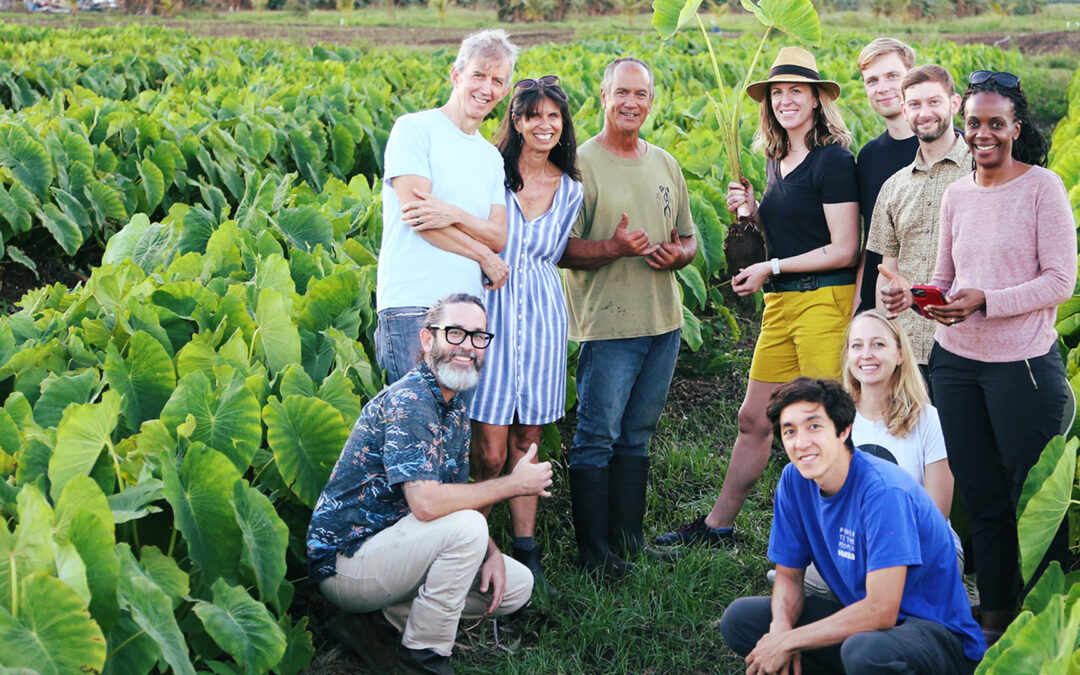“Food sovereignty can refer to a community having access to specific, culturally significant foods,” says Noa Kekuewa Lincoln. “But I think the concept goes beyond the foods themselves to having some control over the food system. Local people are also seeking an agricultural system that is just and equitable, ecologically sustainable, and produces crops that support a healthy lifestyle and landscape.”
Lincoln is an assistant professor of indigenous crops and cropping systems at the University of Hawai‘i at Mānoa. He is an expert on the history of Hawaiian agricultural practices.
Prior to European contact, Lincoln notes that the Hawaiian Islands were completely food secure and self-sufficient. But today, for complex reasons, including tourism and agribusiness issues, approximately 90% of food consumed on the islands must be imported. Grocery costs in Hawaii are the highest in the nation, with a gallon of milk costing $7.65 on average, while the national average is around $4.
In the Indigenous Cropping Systems Laboratory, Lincoln studies traditional farming practices and how they might be applied to stimulate current agricultural production and promote food security and sovereignty on the islands.
But Hawaiian farmers face serious and significant obstacles.
Computer science researchers in the School of Computing and Augmented Intelligence, part of the Ira A. Fulton Schools of Engineering at Arizona State University, are hoping insights from the satellite data they collect might be able to help.
Read the full story on Full Circle.


